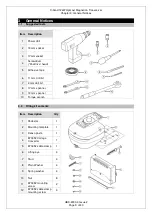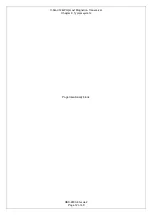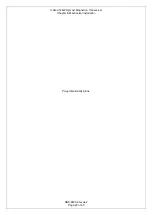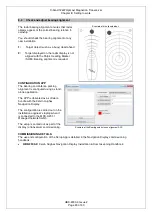
X-band 12kW Upmast Magnetron Transceiver
Chapter 6: Cabling guidance
HBK-2300-3 Issue 2
Page 23 of 40
6 Cabling guidance
6.1
General advice
CABLE TYPES & LENGTH
It is important to use cables of the appropriate type and length.
Unless otherwise stated use only standard cables of the correct type as supplied with the
equipment.
Ensure that any additional cable that are not supplied are of the correct quality and gauge. For
example, longer power cable runs may require larger wire gauges to minimize voltage drop
along the run.
ROUTING CABLES
Cables must be routed correctly to maximise performance and prolong cable life.
Do NOT bend cables excessively. Wherever possible, ensure a minimum bend radius of 100
mm.
Protect all cables from physical damage and exposure to heat. Use trunking or conduit where
possible. Do NOT run cables through bilges or doorways, or close to moving or hot objects.
Secure cables in place using tie-wraps or lacing twine. Coil any extra cable and tie it out of the
way.
Where a cable passes through an exposed bulkhead or deckhead, use a suitable watertight
feed-through.
Do NOT run cables near to engines or fluorescent lights.
Always route data cables as far away as possible from:
Other equipment and cables,
High current carrying AC and DC power lines,
Antennae.
STRAIN RELIEF
Ensure adequate strain relief is provided. Protect connectors from strain and ensure they will not pull
out under extreme sea conditions.
















































